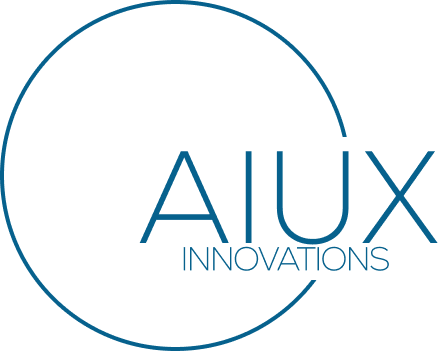UX design used to focus on what users did. Then it evolved to what users wanted.
Now, the focus is shifting again, to what users will do next.
Predictive UX is not about guessing. It’s about recognizing patterns in behavior and turning those signals into intelligent anticipation. The next generation of interfaces won’t just respond; they’ll prepare.
From Interaction to Intention
Every product interaction leaves behind a trail of intent. Each click, search, and scroll adds to a profile of expectation. Machine learning translates those traces into foresight.
Predictive UX uses that foresight to minimize friction before it happens. It might surface the right content just before you need it, or proactively adjust a workflow to match your habits. When done right, predictive design makes technology feel intuitive, almost invisible.
The paradox is that the less users notice the prediction, the better it works.
Personalization vs. Presumption
There’s a fine line between helpful and invasive. Predictive UX walks it every day.
Personalization creates comfort; presumption creates discomfort.
A healthcare app that reminds you to refill a prescription feels supportive.
A retail app that predicts what you’ll buy before you decide might feel manipulative.
Designers must define ethical thresholds for prediction. Transparency, consent, and explainability are no longer nice-to-haves; they’re the foundation of trust in predictive systems.
Designing for Adaptive Systems
Predictive UX is not a one-time design, it’s an evolving dialogue. Interfaces become learning systems that adapt to changing behavior, preferences, and context. That demands a new design process: one that blends analytics, experimentation, and iteration at scale.
Designers will need to:
- Build flexible frameworks that learn without breaking the experience.
- Collaborate closely with data scientists to align predictions with purpose.
- Create visual feedback loops that explain why an interface behaves differently.
The UX deliverable of the future won’t just be a prototype, it will be a living model that evolves with the user.
The Ethics of Anticipation
Predictive systems can empower, but they can also exploit.
When a design can predict user behavior, it holds influence. That influence must be guided by clarity, fairness, and restraint.
The best predictive experiences will not chase conversions—they will earn confidence. They’ll show that technology can anticipate without overstepping.
Trust is the currency of predictive design. Lose it, and the product feels manipulative. Earn it, and the product feels magical.
Designing the Future Before It Arrives
Predictive UX isn’t science fiction; it’s the natural evolution of human-centered design in a data-driven world. The challenge isn’t whether we can predict, it’s whether we should, and how responsibly we can.
The designer’s role is shifting again, from crafting journeys to shaping foresight.
We are no longer reacting to the user’s path; we are designing for the path not yet taken.
